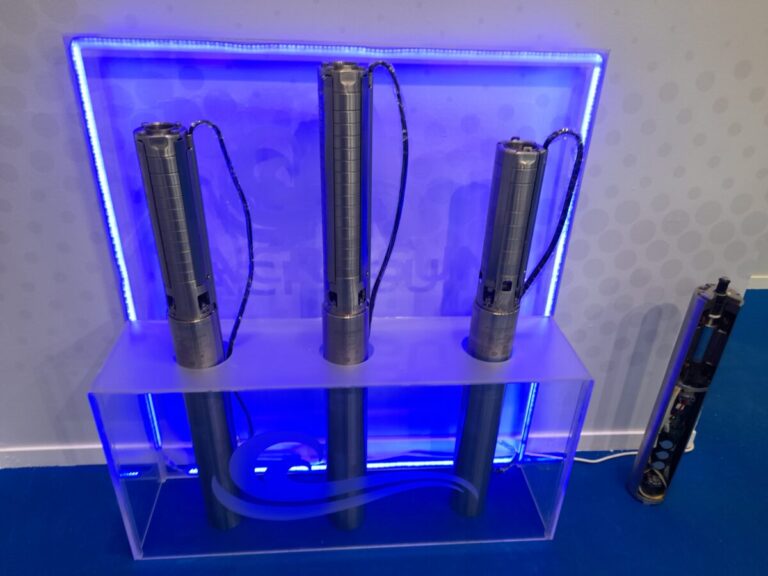Scientists have proposed a new design for independent PV-water pump systems for solar energy, using an intervening supercapacitor buffer to temporarily save solar energy and to release them in powerful pulses. Daily water productivity has grown by 64%, based on a simulation. An experimental setup was also tested.
Researchers from the LVIV Polytechnic National University in Ukraine have presented a new design for independent solar PV -Water pump systems (SPVWPSS) that are reportedly achieved higher efficiency.
Although traditional SPVWPSS with direct drive is not very efficient due to fluctuations in solar radiation, the team has proposed a system that uses an intervening Supercapacitor module (SCM) buffer to temporarily save solar energy, later released in powerful pulses to the pump At the pump on the pump, so that the pump can work on a better capacity.
“Taking into account that the water pump process itself is an accumulation of energy, this work proposes to apply a pulsating mode of pumping with nominal capacity in every pulse that is made possible by the introduction of an SCM,” the team said . “It is permanently connected to the PV module and periodically connected to the brushless DC engine (BLDCM) with the centrifugal pump (CP) with the help of an electronic switch. The on-algorithm of this switch processing is designed in such a way that the maximum Power Point Tracking (MPPT) of the PV module takes care of. “
To test the new system, the scientists simulated three systems on the Matlab/Simulink environment. The first was of a traditional SPVWPS that includes the PV module that is connected to a DC-DC converter that performs the function of MPPT, offering a voltage value for the corresponding corner speed of the BLDCM with CP.
On the other hand, two new designs were also simulated. In the first, an SCM is installed between two DC-DC converters. At the same time, the first converter adjusts the work point with MPPT and the second manages the pulsating operation by connecting the pump and disconnecting when the SCM reaches specific load levels. The other new designs give up the DC-DC convertors completely and connect the SCM directly to the panel. Instead, the MPPT function is achieved by turning the pump on and off to maintain the PV panels near their maximum power point.
In all simulations, four PV panels with a power of 500 W each and an efficiency of 20.3% were used. The CP had a engine power of 1.5 kW and a corner speed of 2,800 rpm. The BLDCM had a nominal voltage of 1.6 kW and an efficiency of 90%. The DC-DC converter is a step-down type and the MPPT sub-system implements the Perturb & Observe (P&O) search algorithm.
“In the specific simulated case studied (July in Ukraine), the developed system showed the increase in the daily water productivity of 64% compared to SPVWPs of traditional configuration with MPPT and the same components and operating conditions,” found the results. “We can hope for an even higher advantage of the proposed approach compared to the known in the case of estimating the annual performance of the SPVWPS, taking into account the decrease in solar intensity in other months compared to the summer . “
In addition to the simulated results, the team has also constructed an experimental attitude of the new system. “Experimental studies conducted on the SPVWPS monster made confirmed the effectiveness of the proposed pulsating effect of the CP: in circumstances of reduced insolation, the efficiency of the operation of the CP together with the electric drive was 25% higher than in the basic configuration,” ” They found.
The results were presented in “Efficiency improvement in independent solar PV -Water pump system by working pulsation pump based on intermediate supercapacitor bufferPublished In E-Prime preliminary output in electrical engineering, electronics and energy.
This content is protected by copyright and may not be reused. If you want to work with us and reuse part of our content, please contact: editors@pv-magazine.com.


